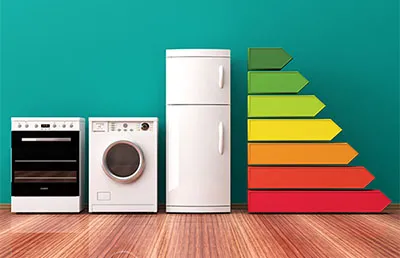Key Highlights
$420 Million
Committed to solar technology
$90 Million
Committed to energy storage
$45 Million
Committed to innovative EV programs
$30 Million
Committed to efficiency and conservation efforts
Our Goal: Net Zero CO2 Emissions by 2050
In 2020, OUC announced a commitment to achieve net-zero CO2 emissions by 2050, with interim targets of 50% reduction by 2030 and 75% by 2040.
Sustainability in Our Community
OUC is committed to sustainability in our own facilities and practices, as well as through programs for our customers.
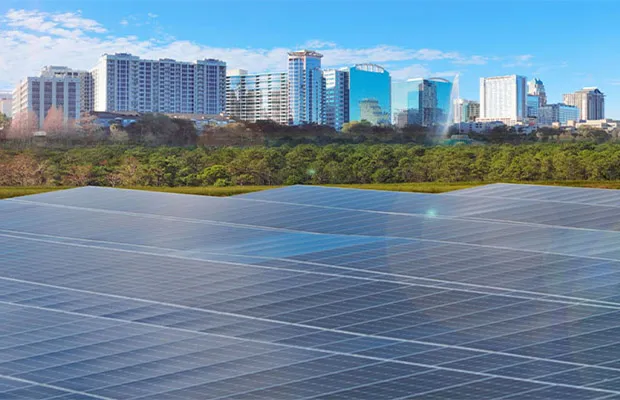
Solar Initiatives
OUC has been a leader in adopting solar power generation as part of our commitment to net-zero CO2 emissions by 2050.
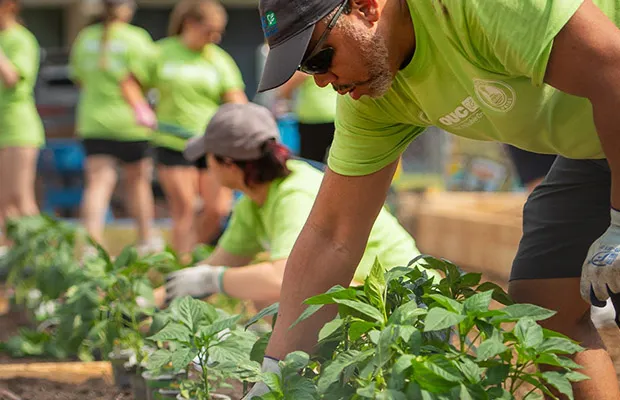
Caring For The Environment
OUC strives to be a good steward of the environment, from how we generate power and acquire water to the programs and services we provide customers.
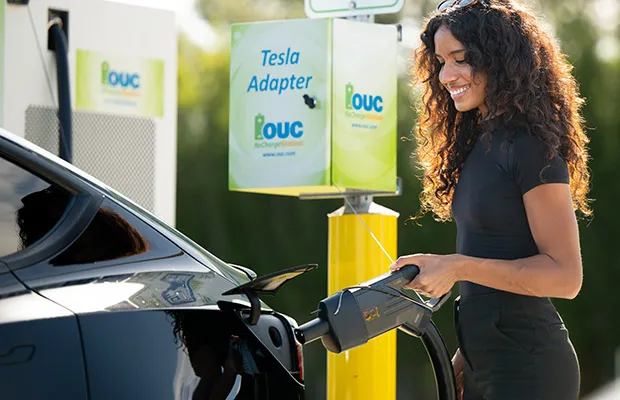
Electric Vehicle Initiatives
OUC is leading the charge by installing electric vehicle charging stations across Central Florida, while also advancing the electrification of both fleet vehicles and public transportation.
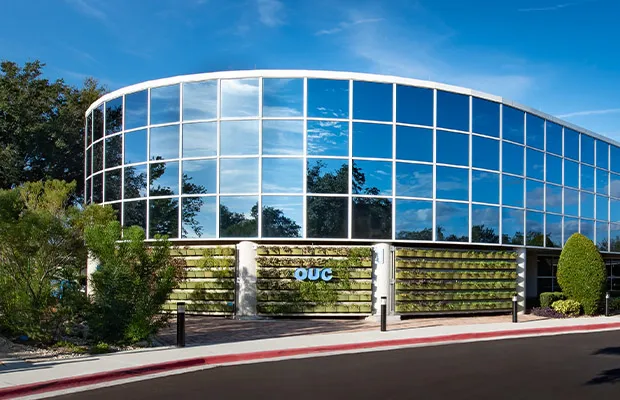
Sustainability at Our Facilities
OUC sets the standard in Central Florida for sustainable buildings that use less energy and water, and reduce their waste to the landfill. Our facilities include features like solar panels, cisterns for water reuse, increased recycling and the use of other eco-friendly materials.
Sustainable Utility Services
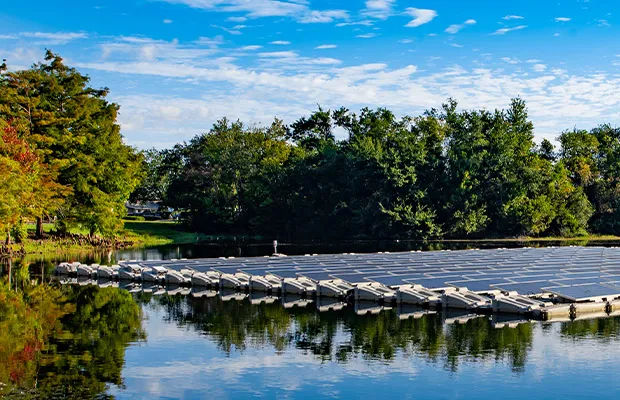
Electric Services
OUC employs clean, fuel-diverse and environmentally sound ways to generate power, while also helping customers implement changes to be more efficient in their energy use.
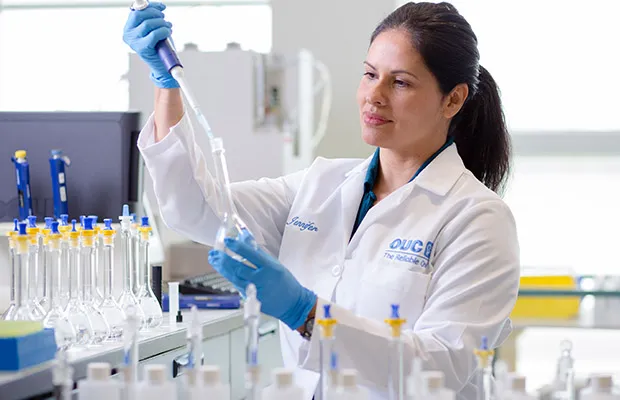
Water Services
OUC is at the forefront of developing innovative and sustainable solutions to meet future needs while still providing great-tasting water today.

OUC Community Responsibility Report
OUC proudly provides reliable, affordable and essential electric and water services while being committed to sustainability and staying connected with the community.




